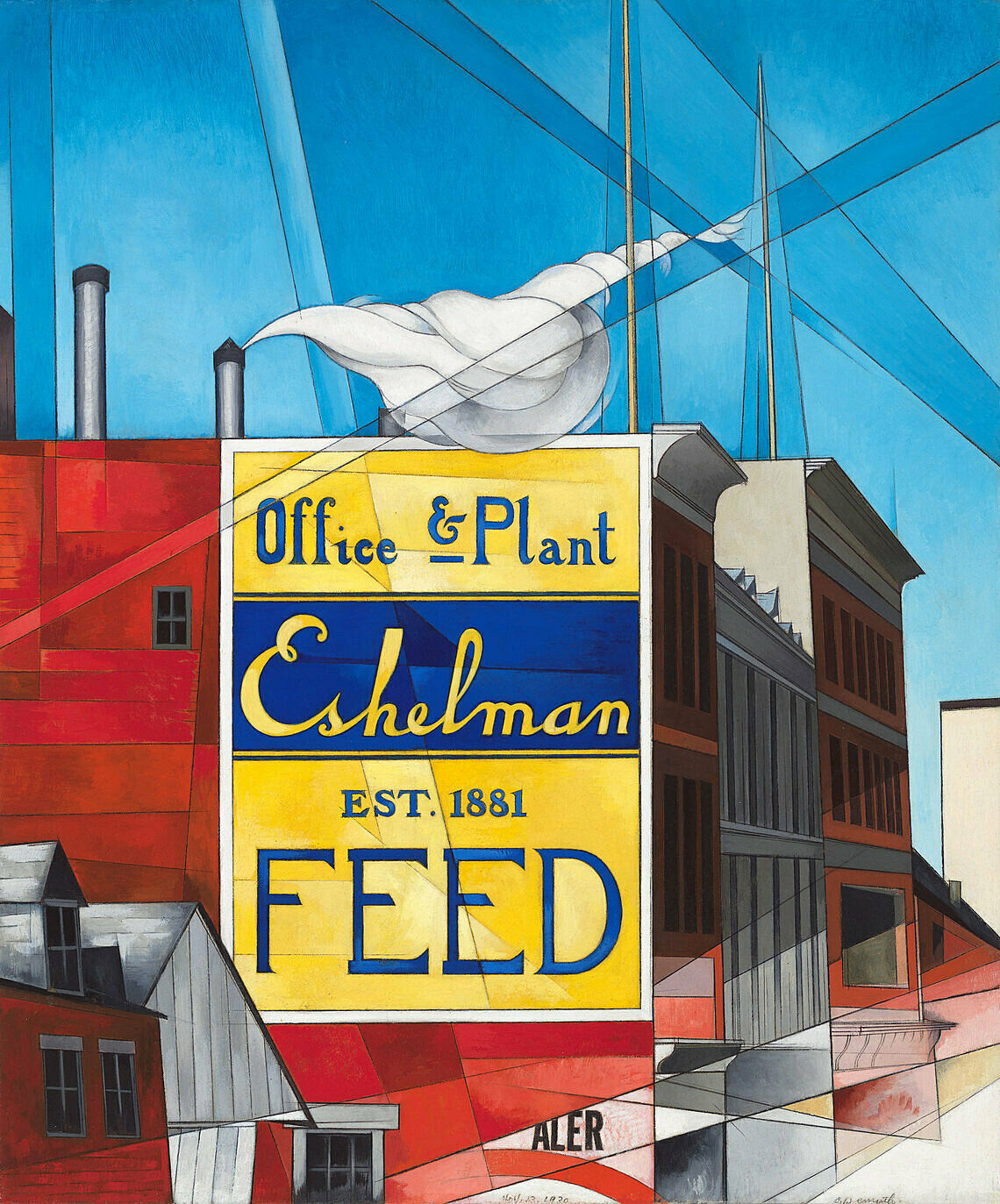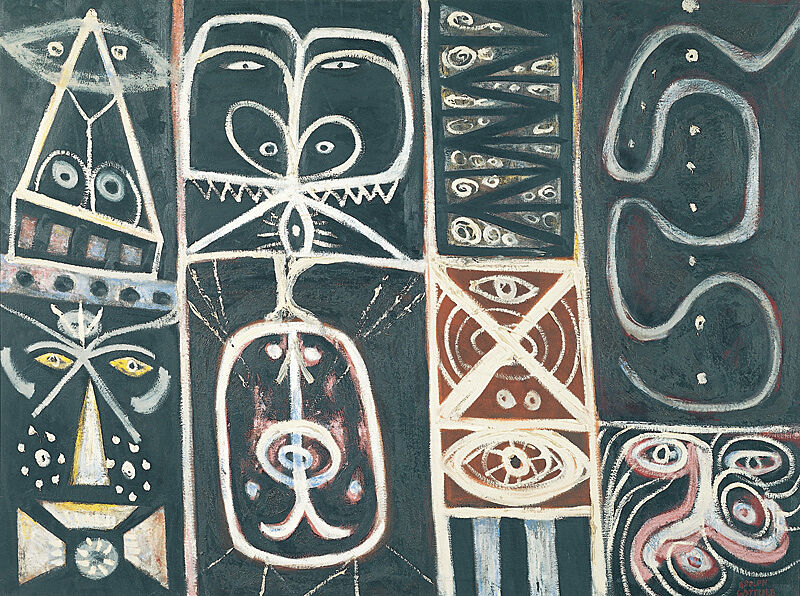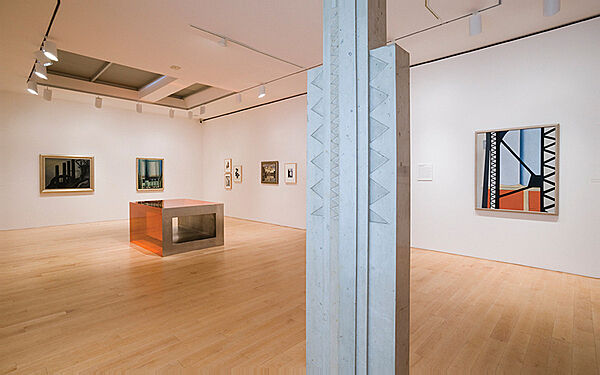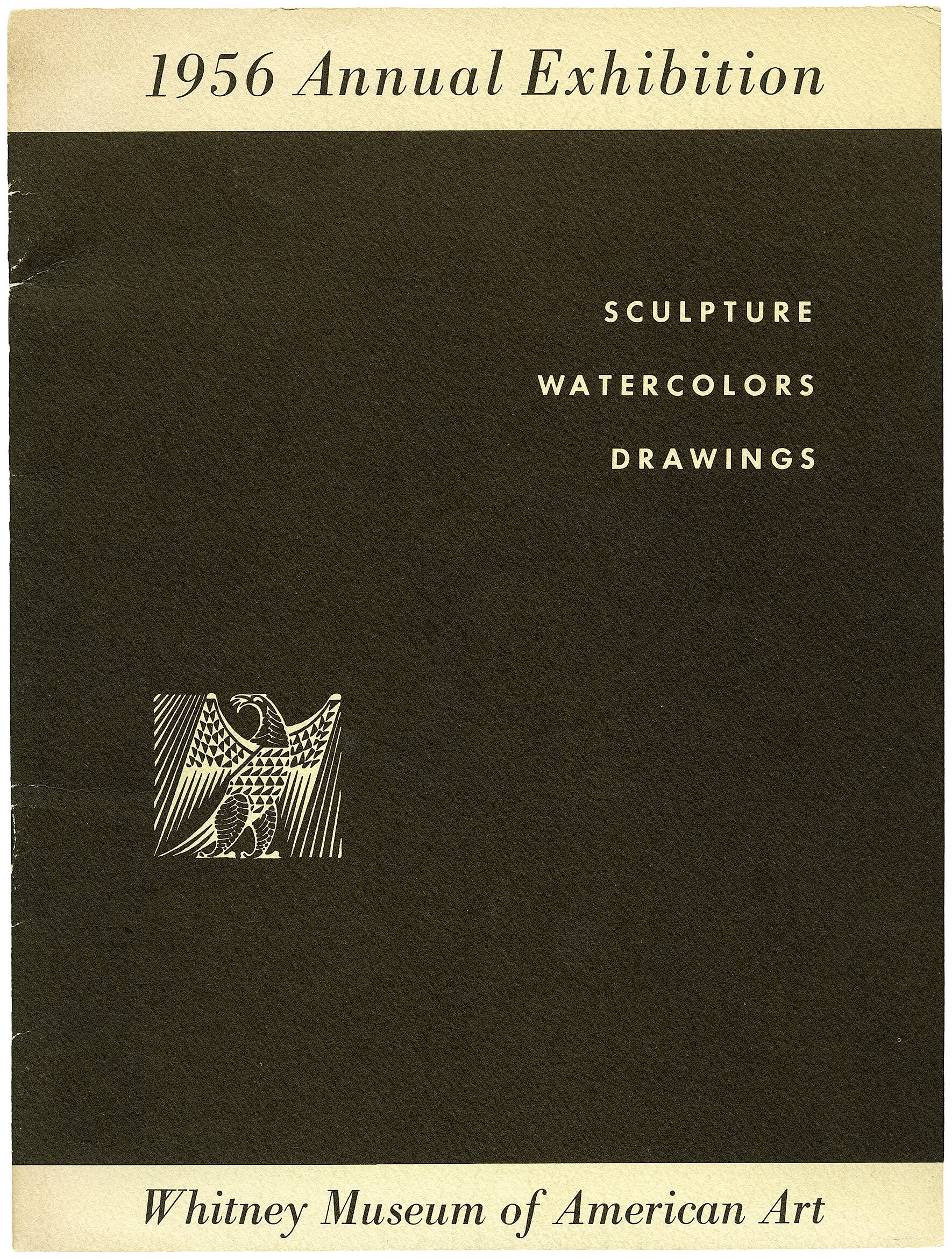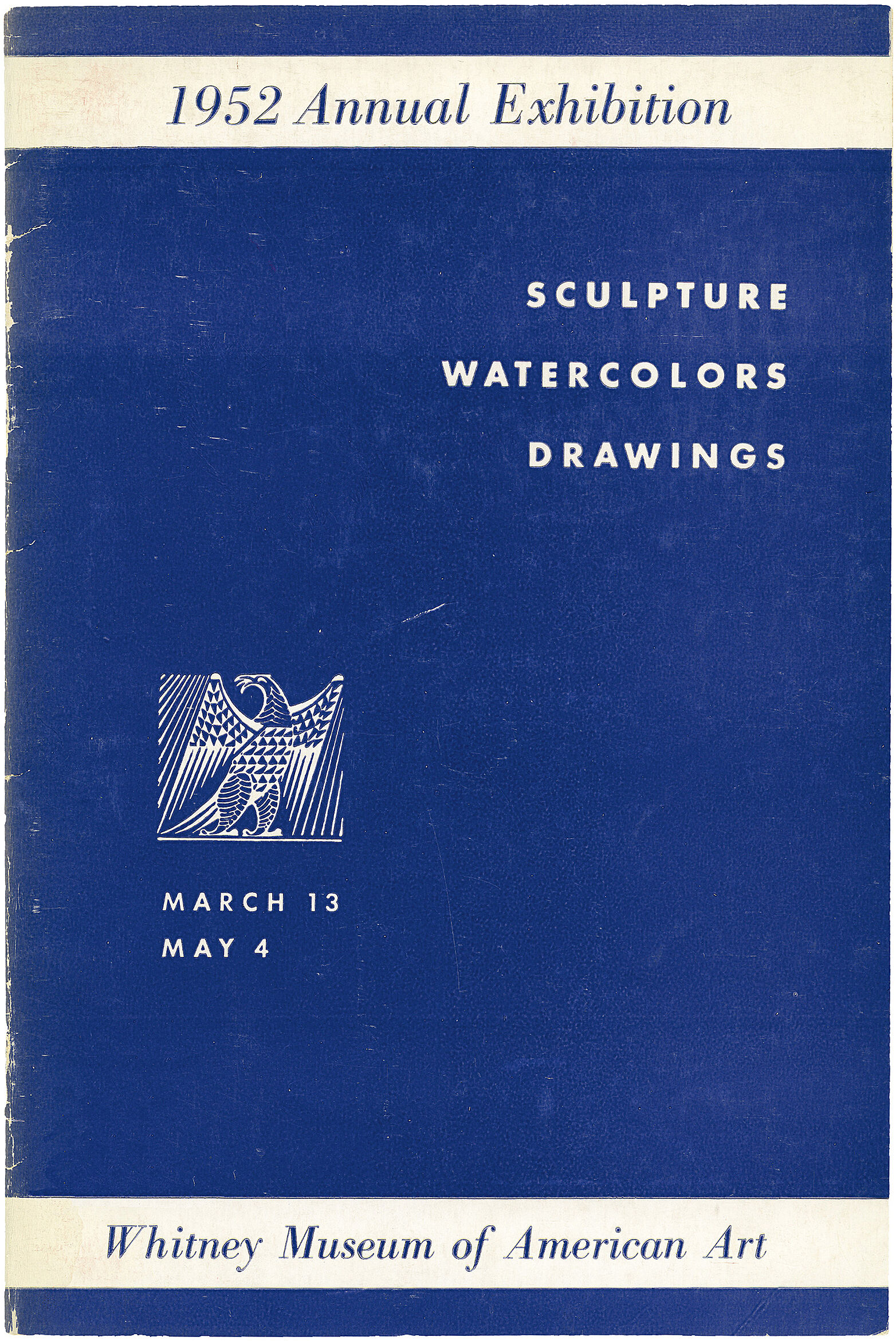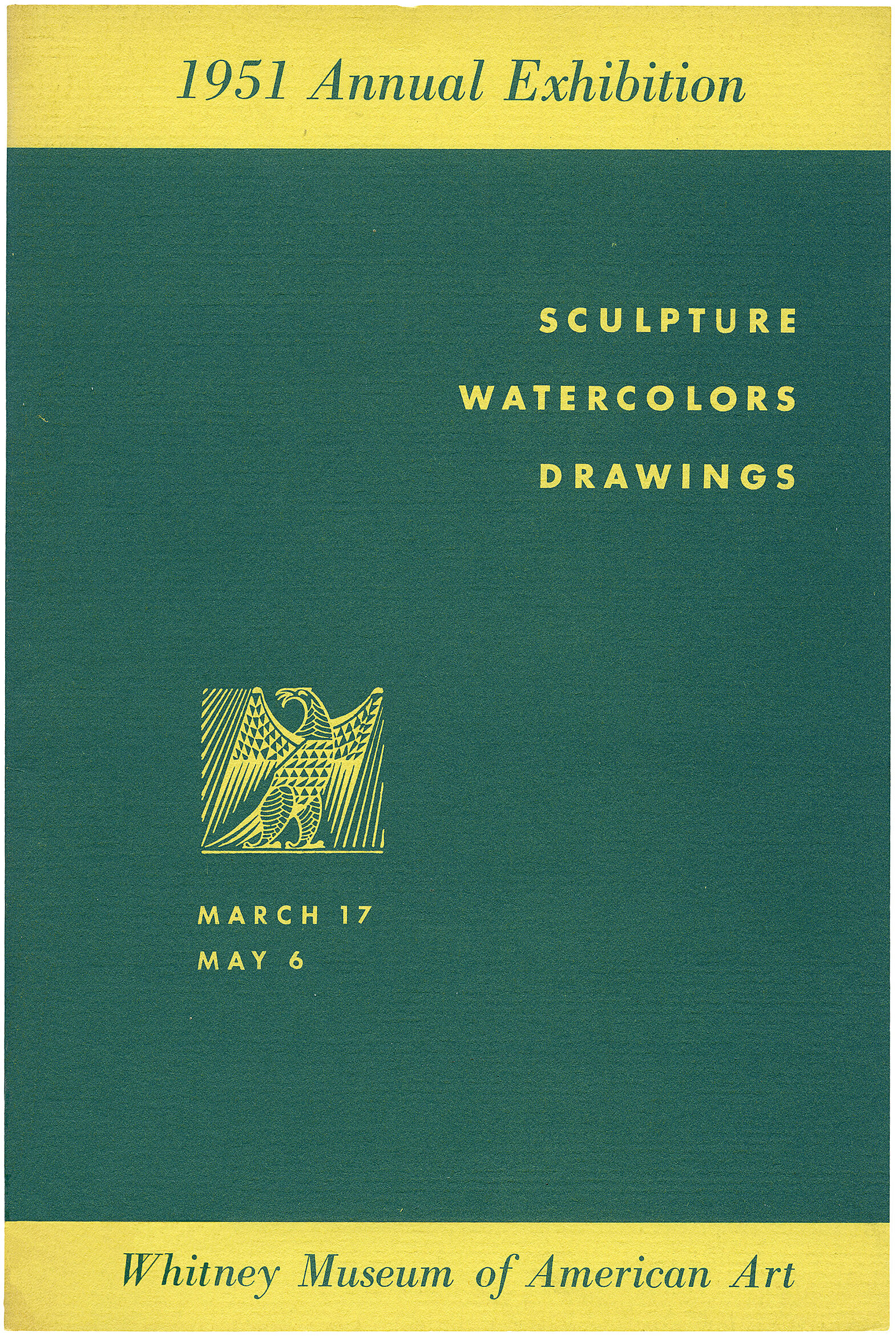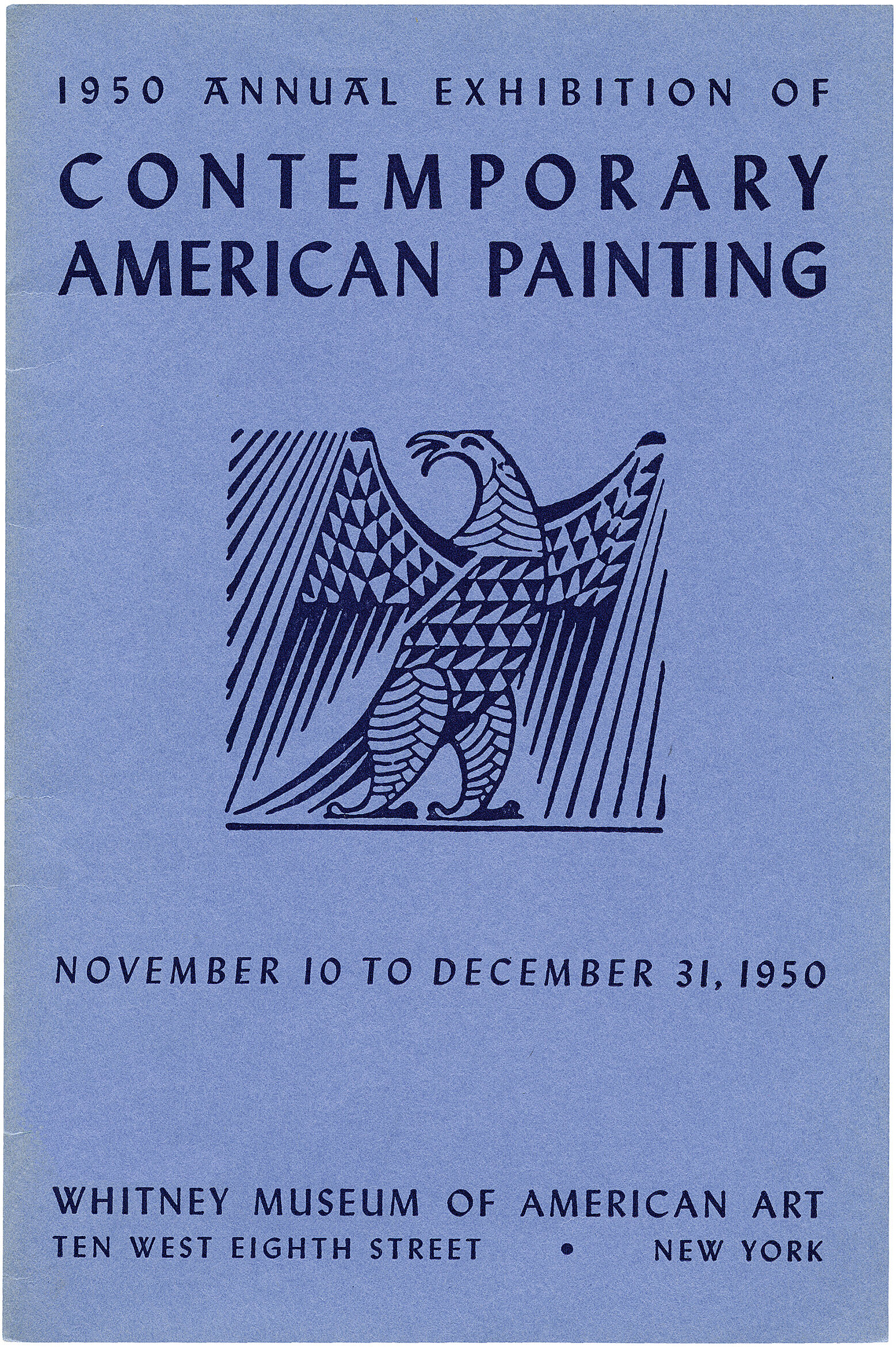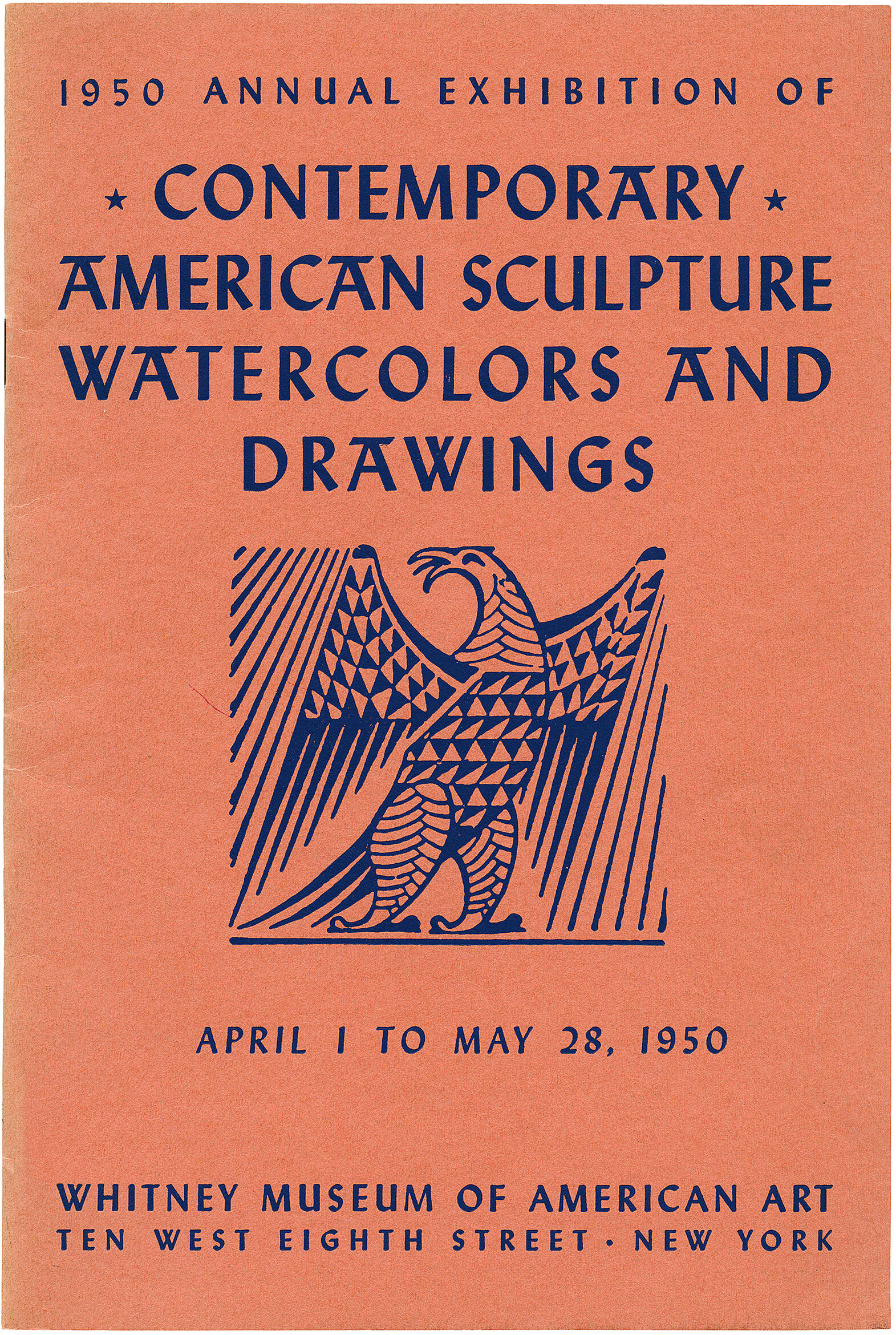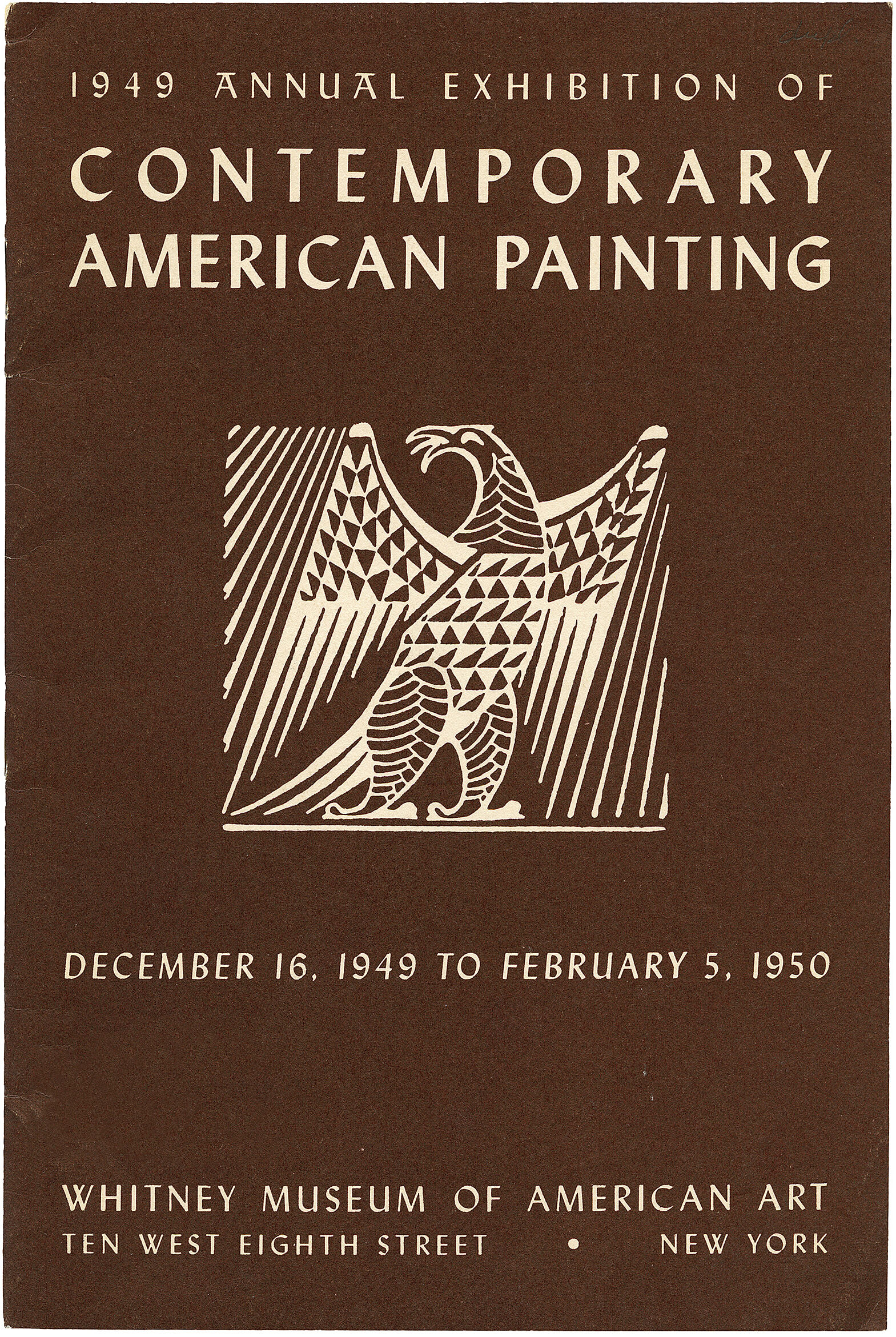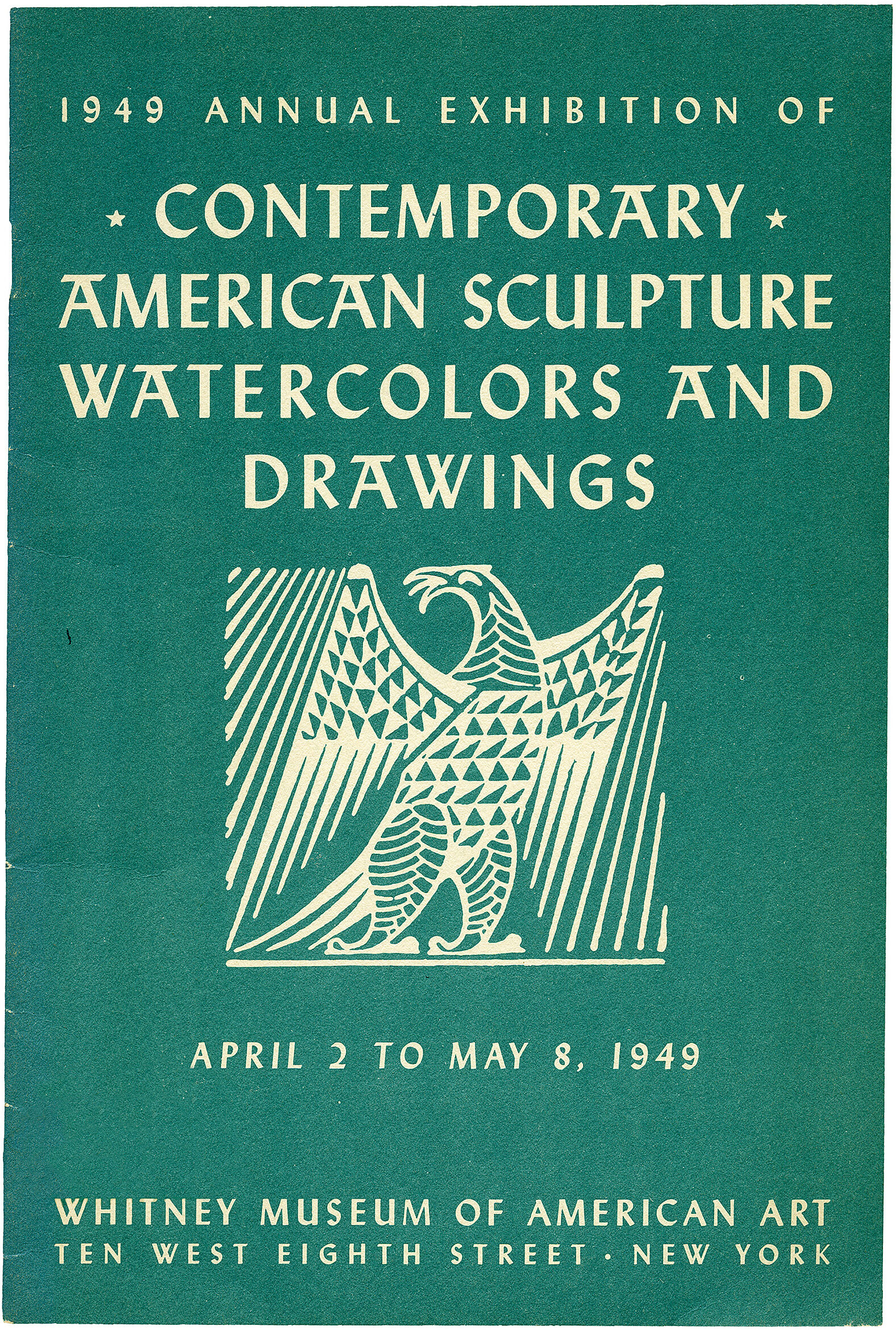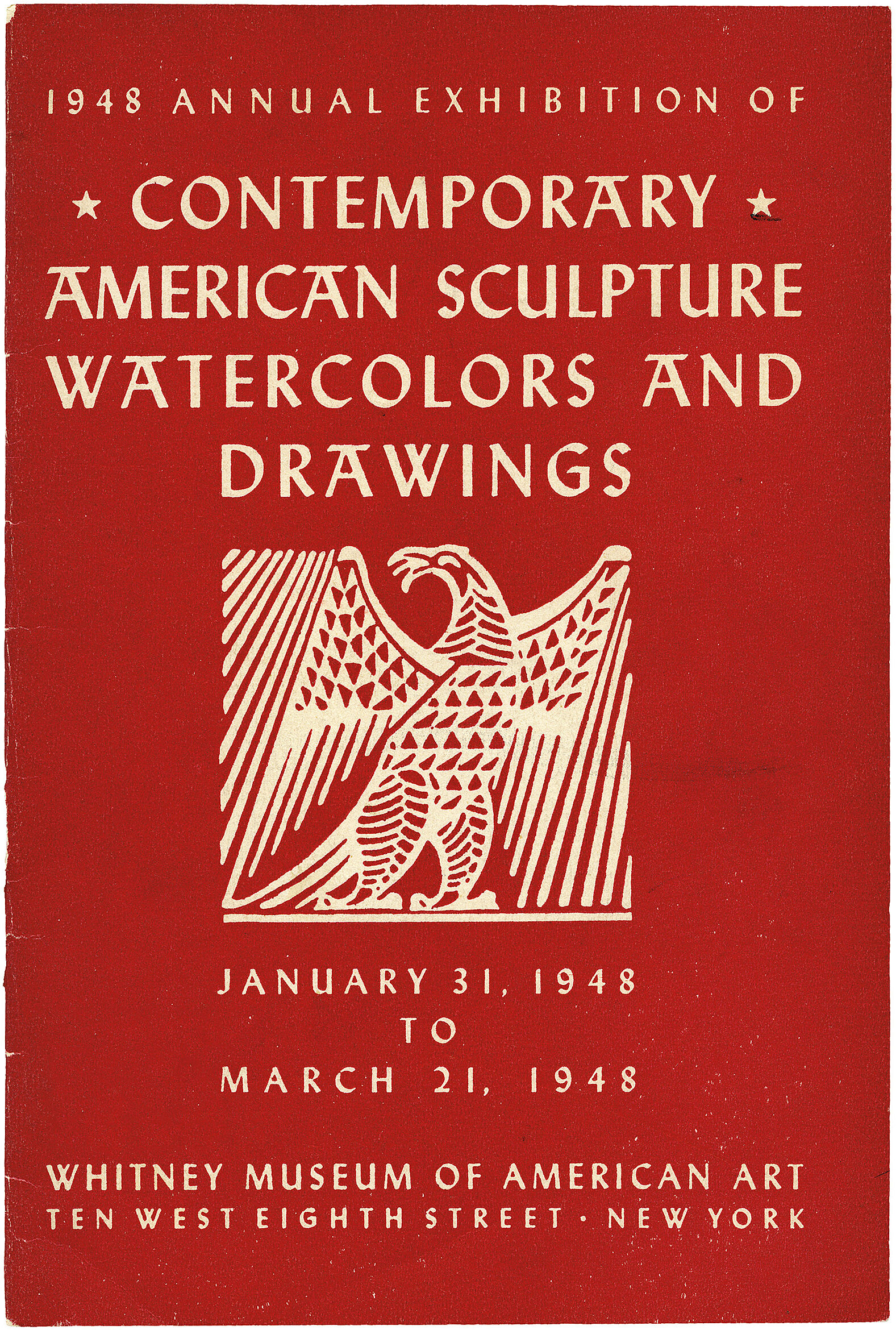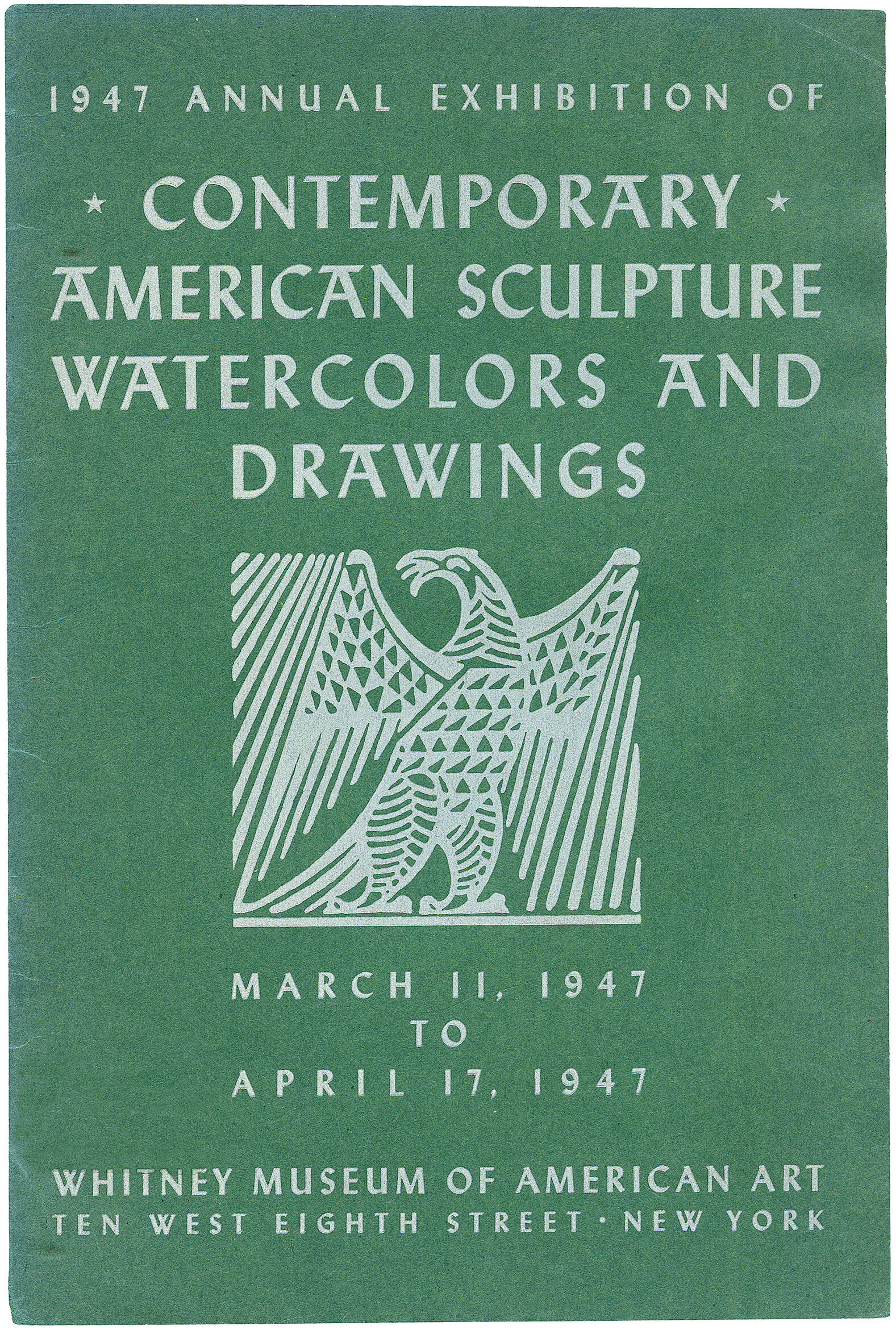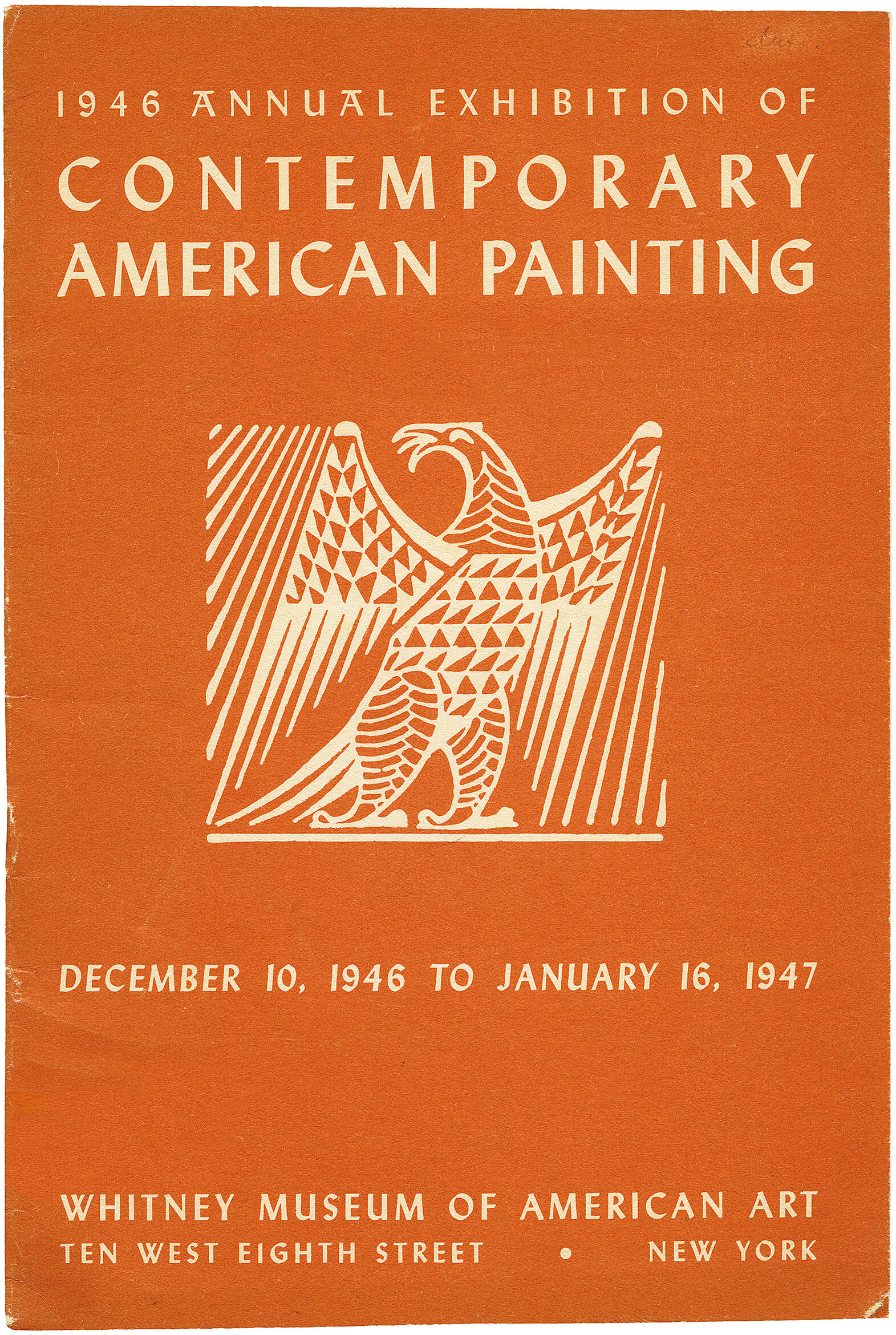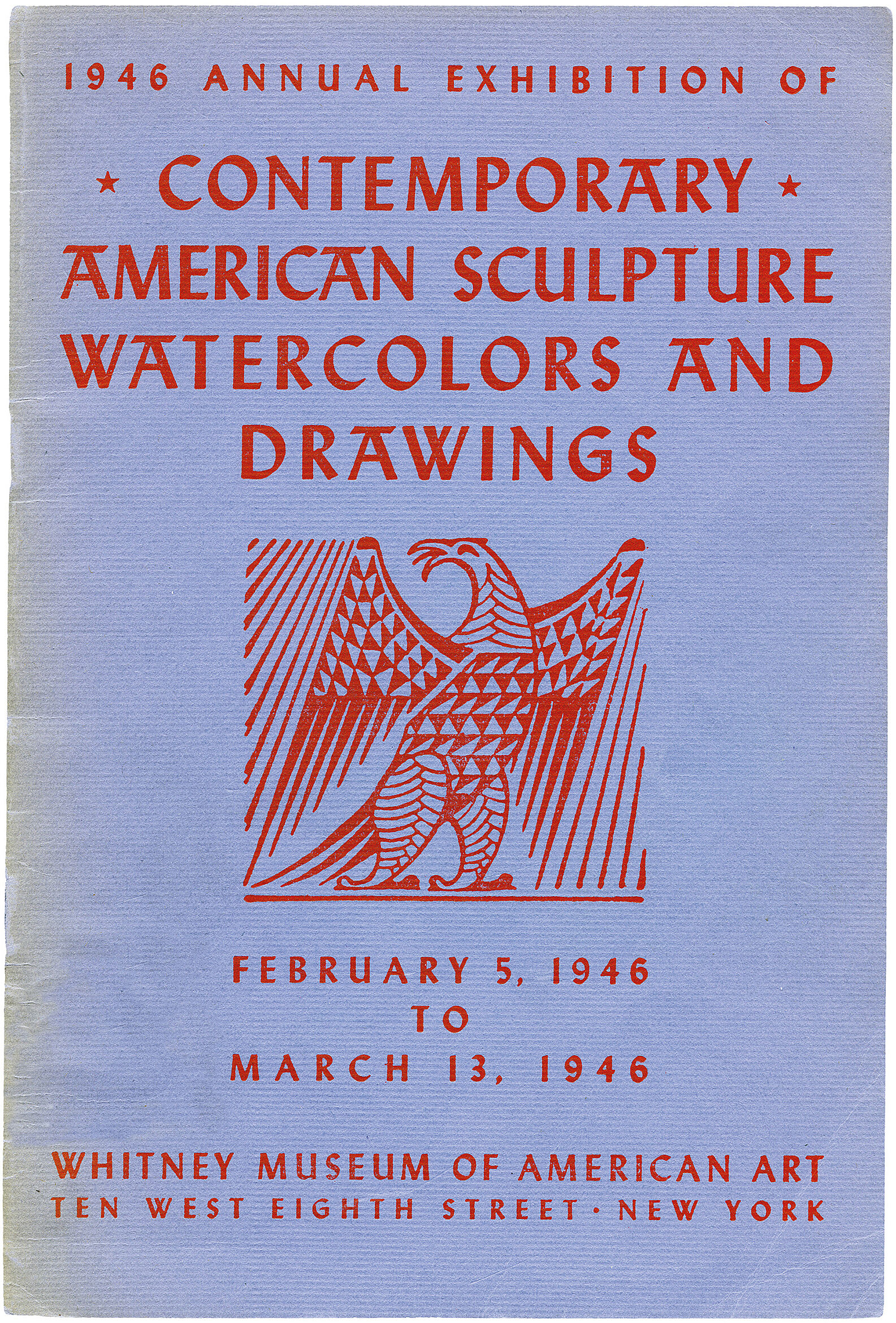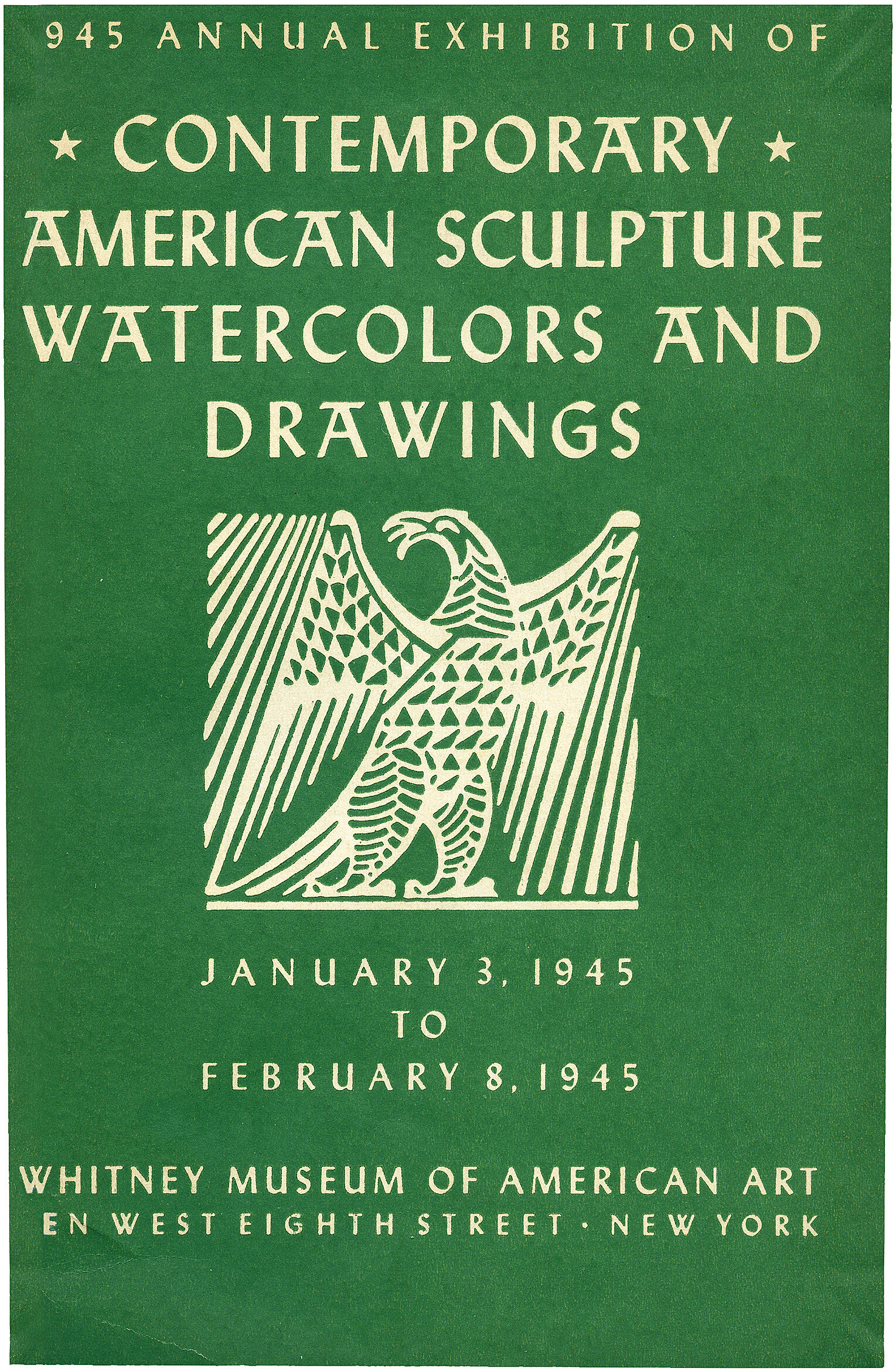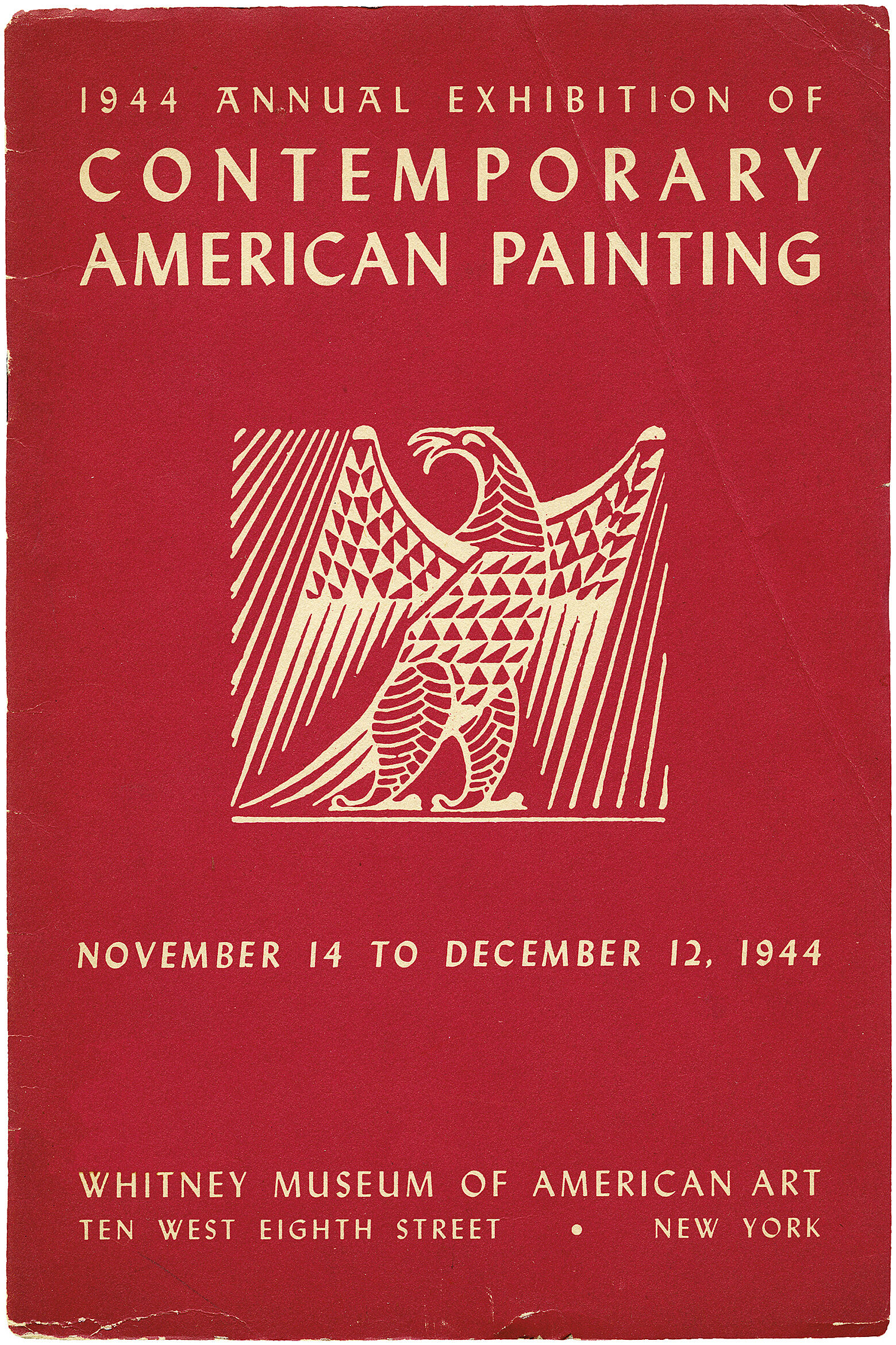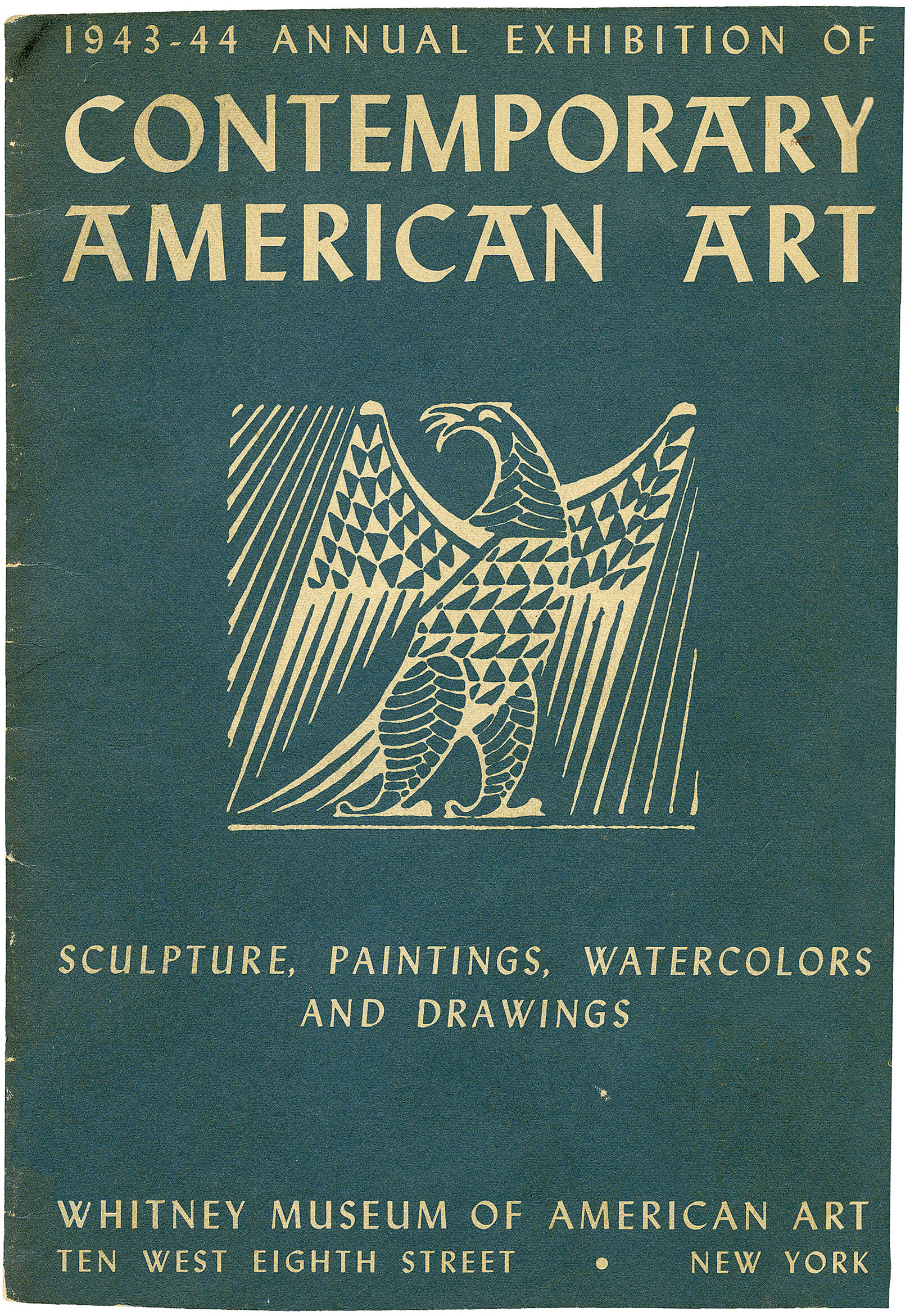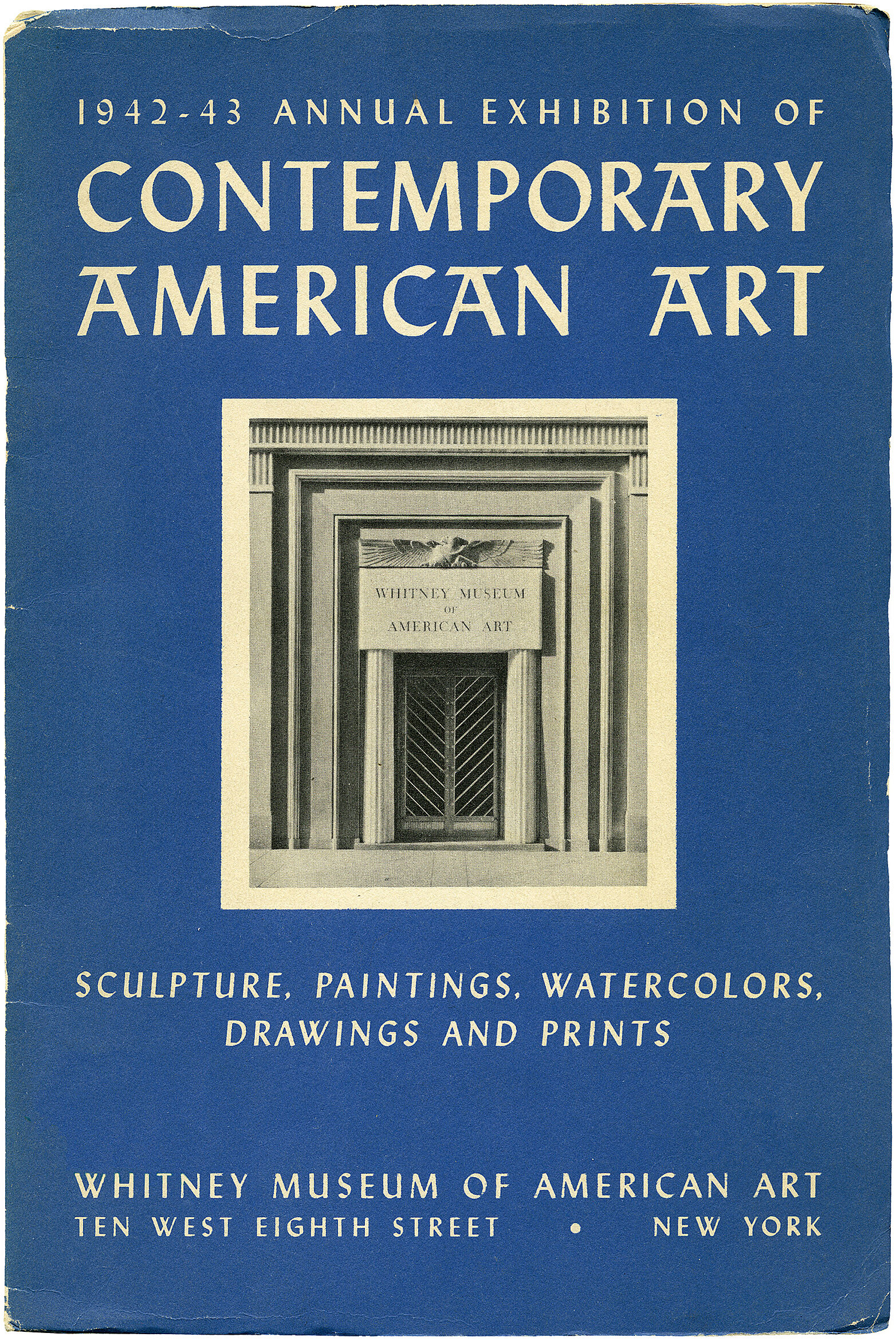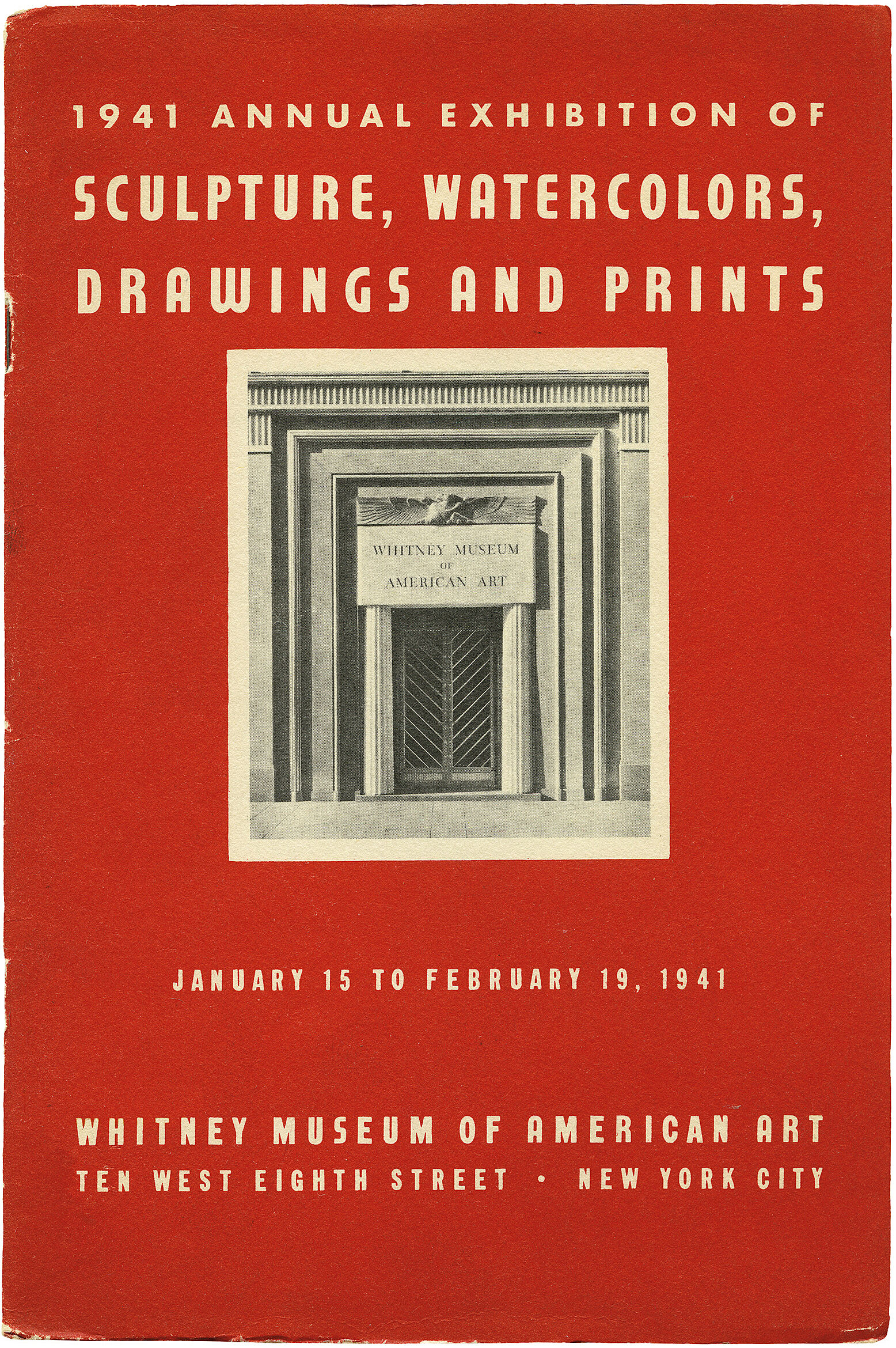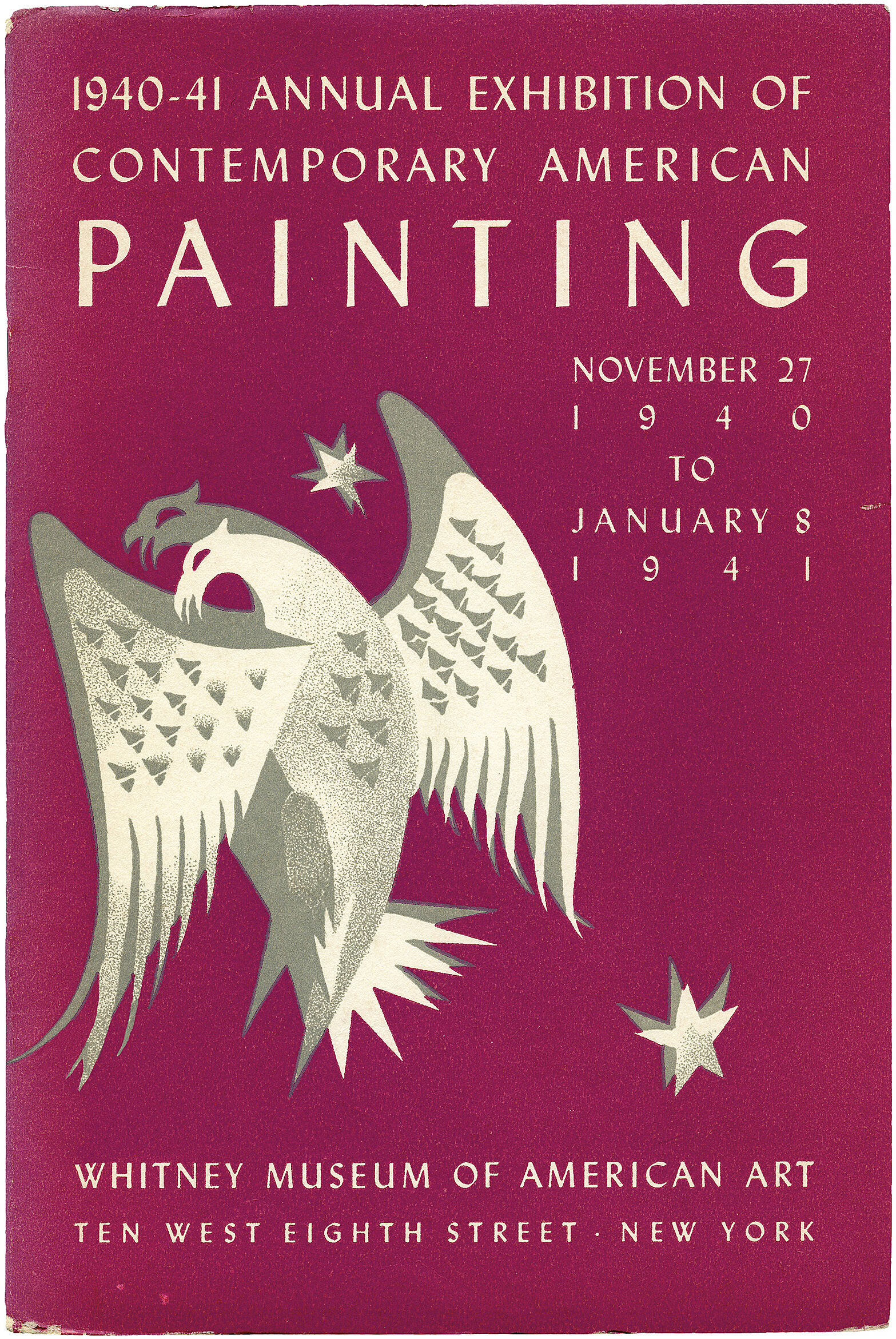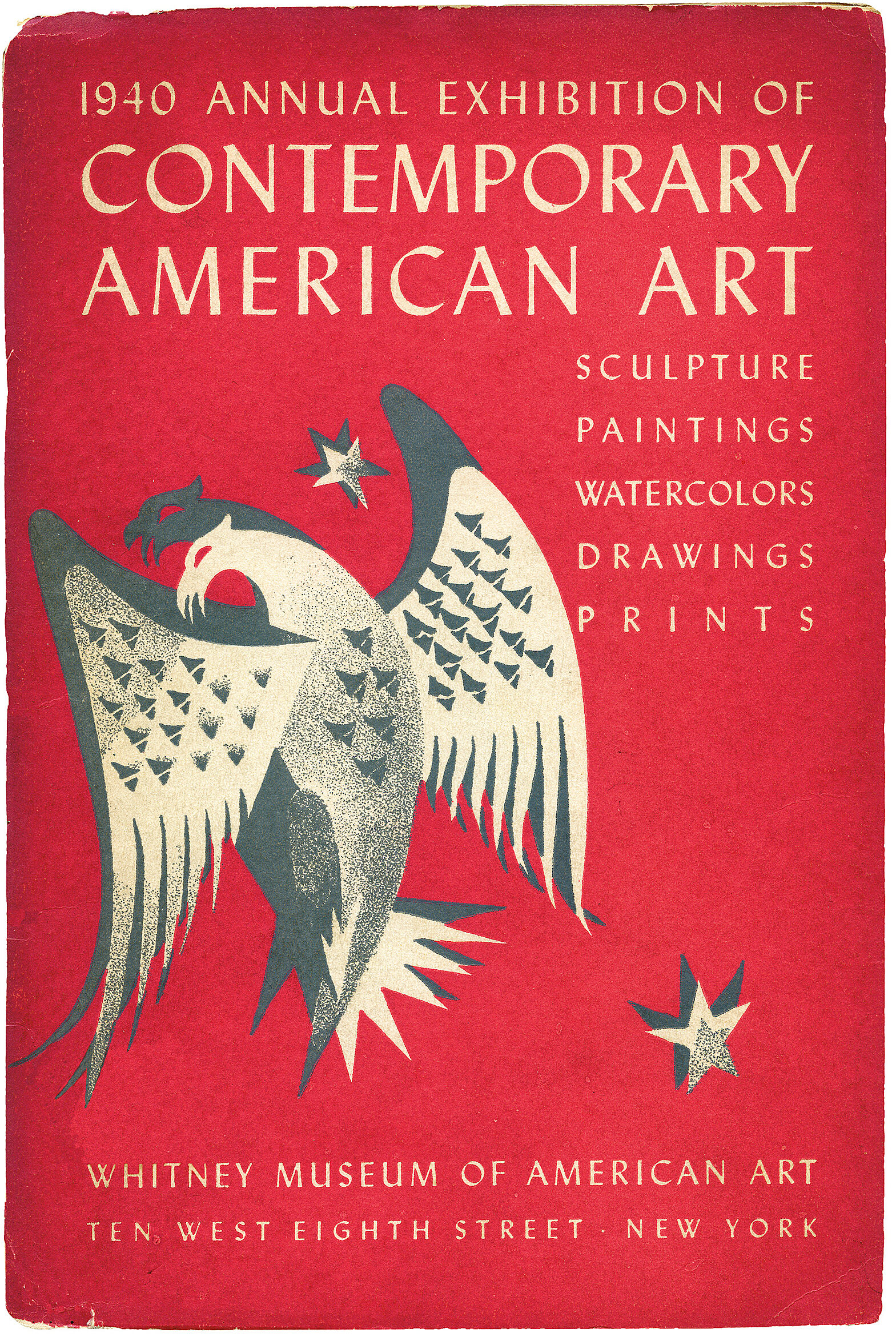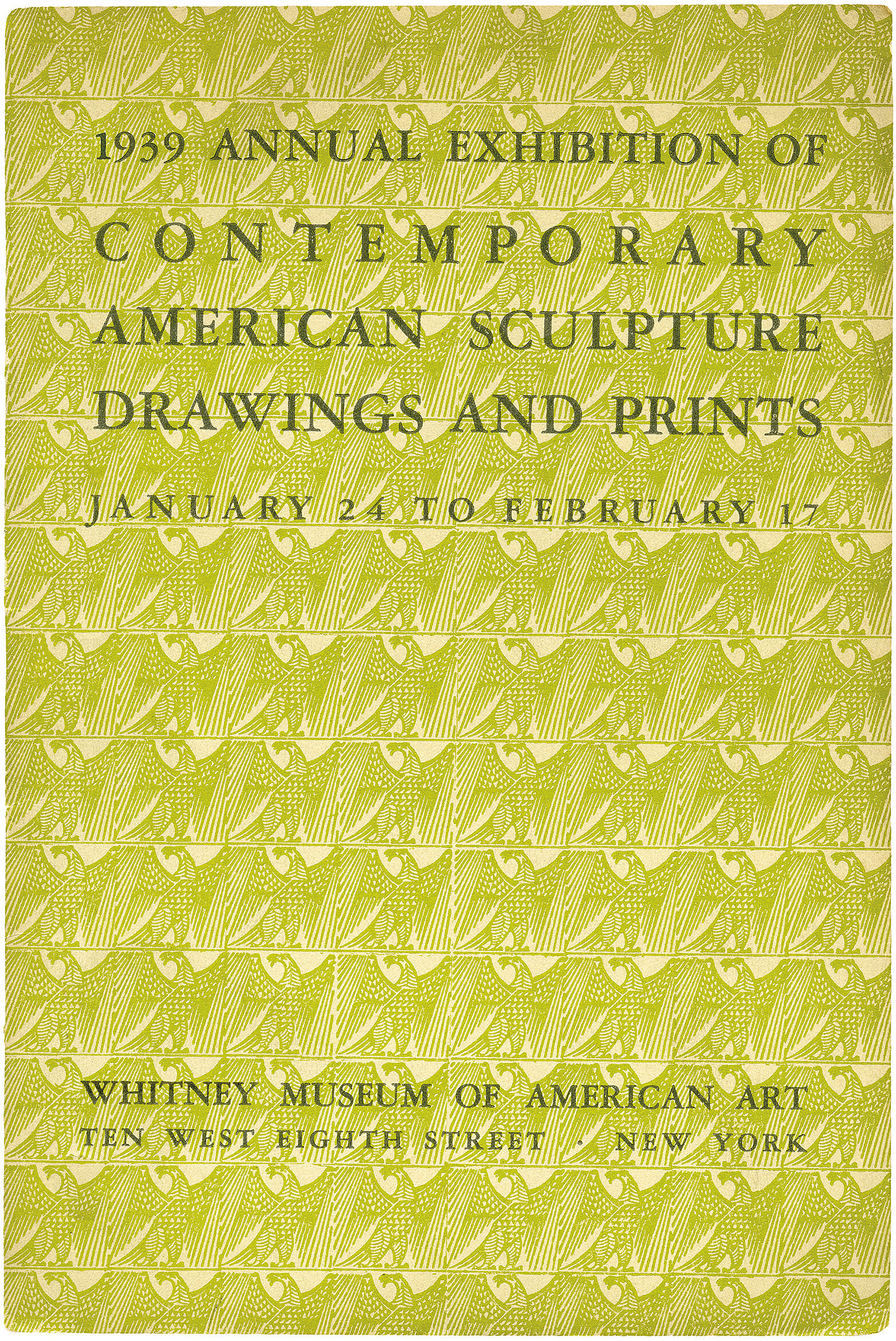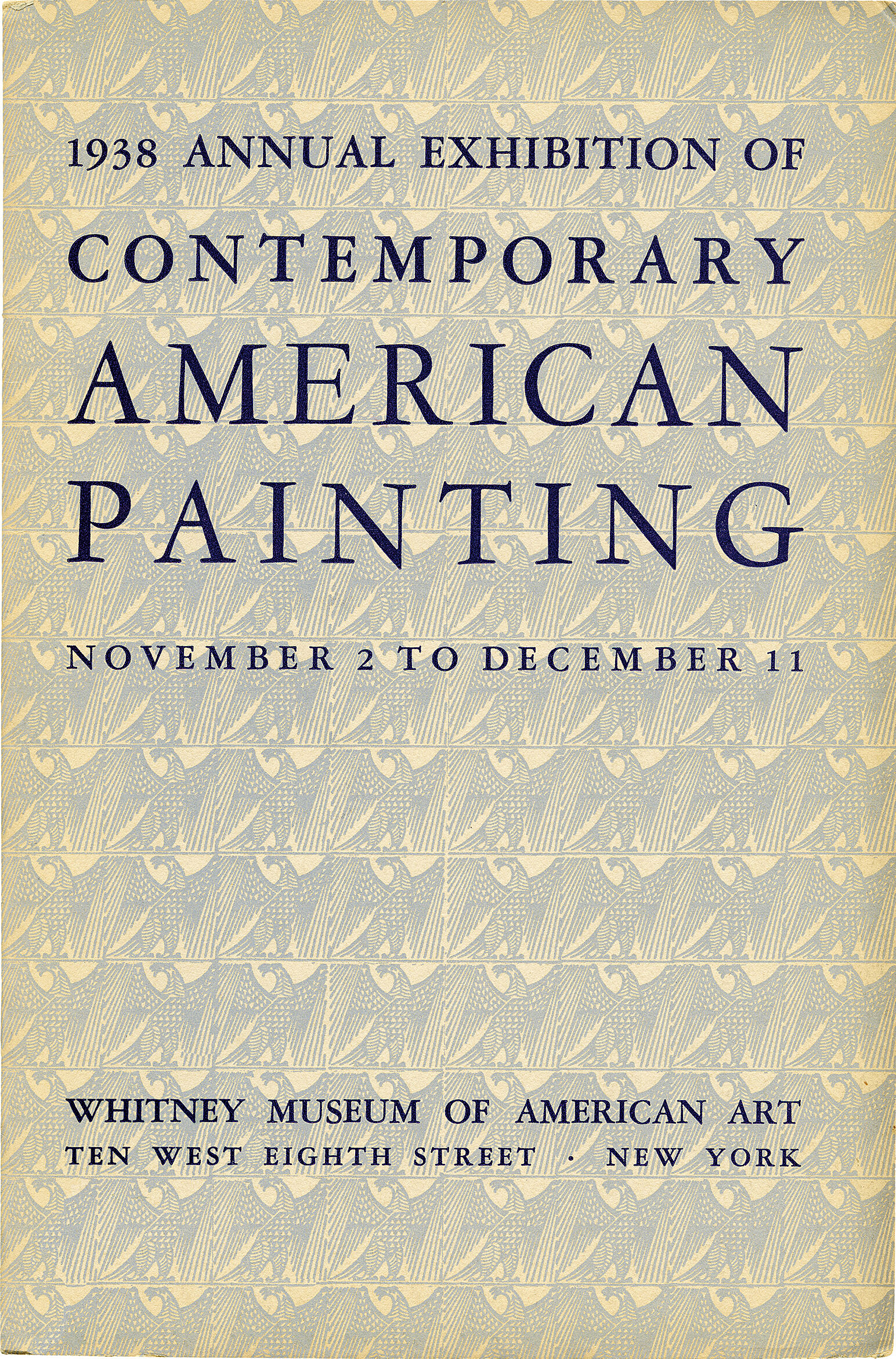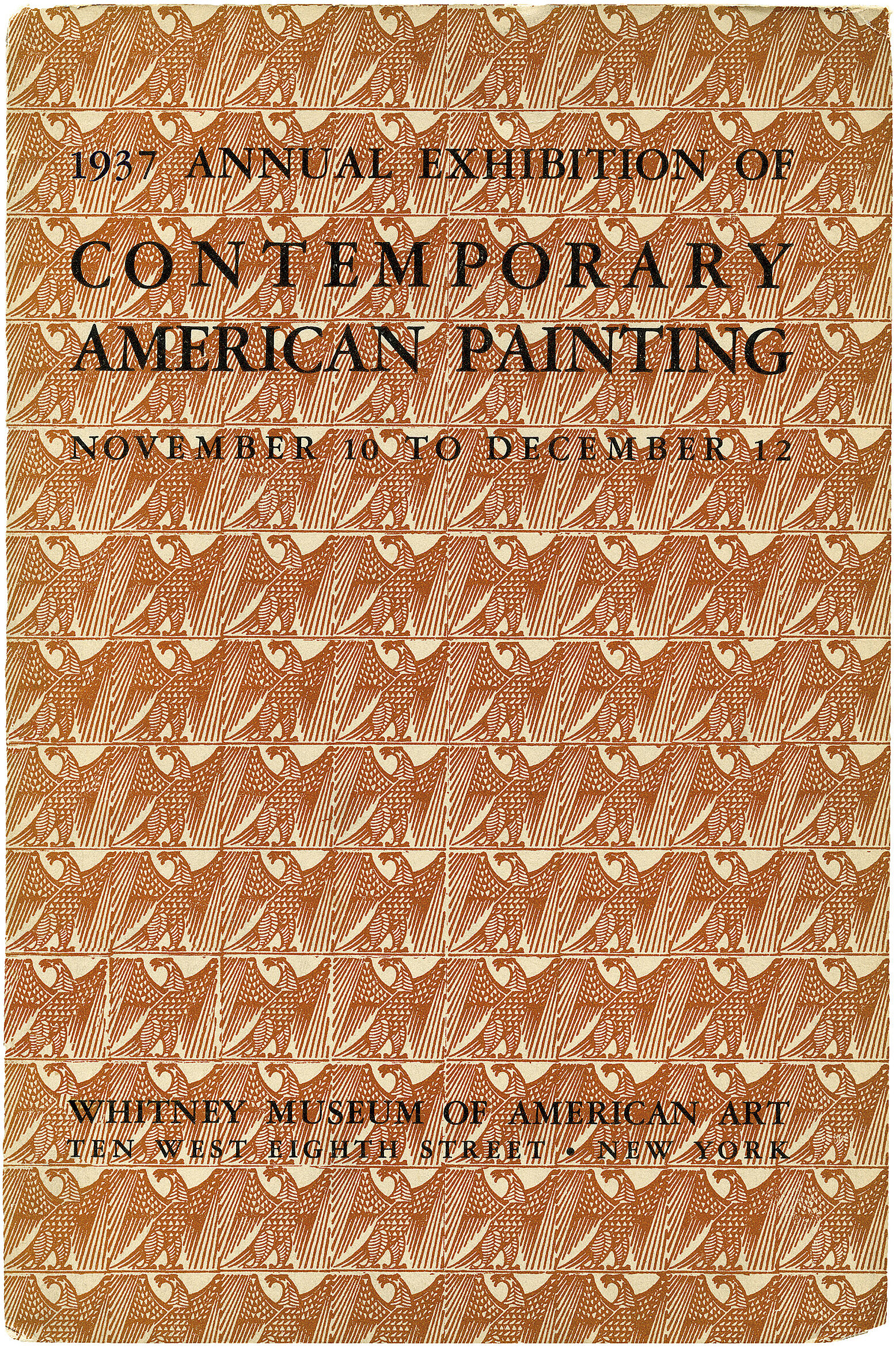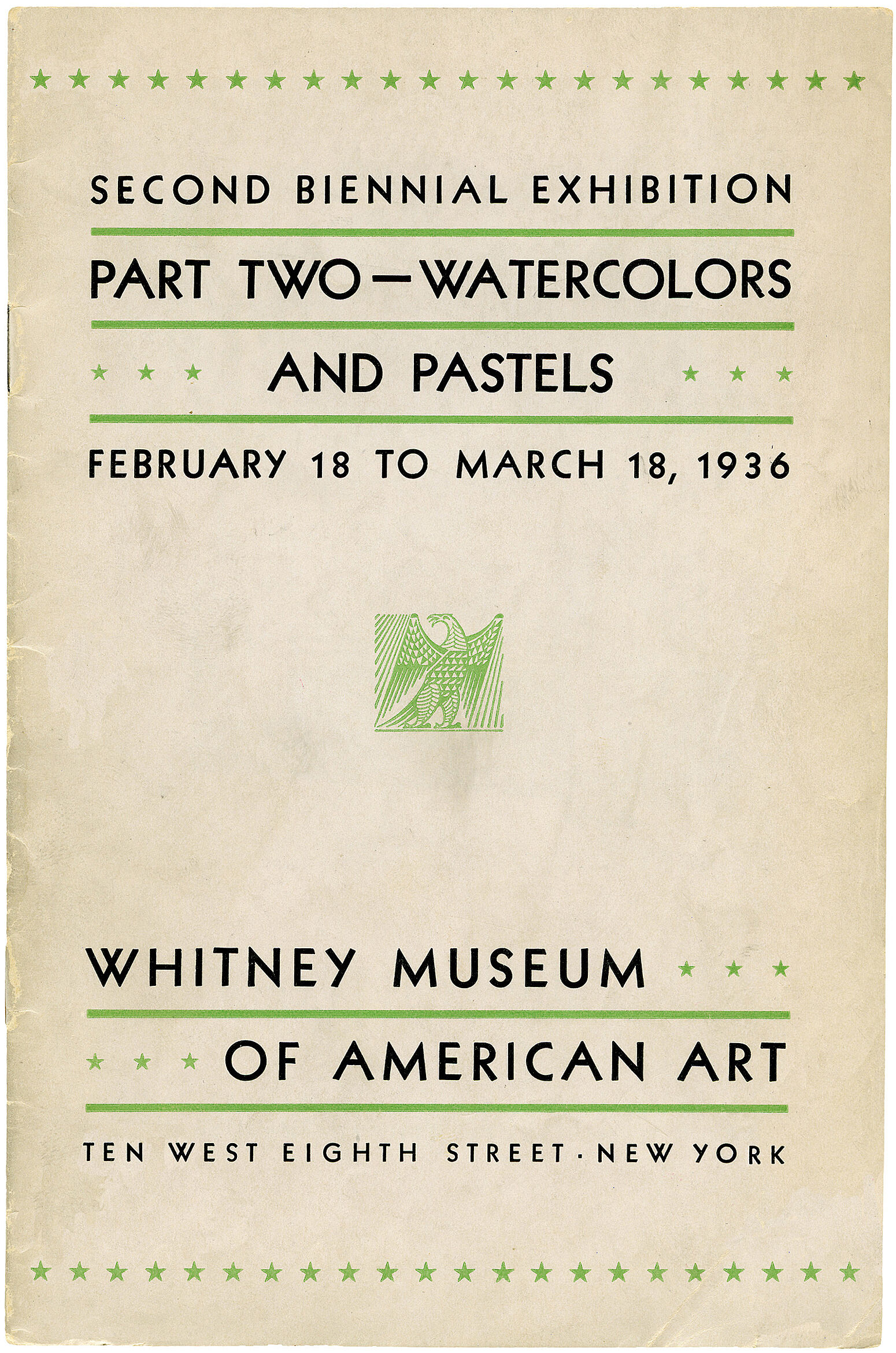George Grosz
1893–1959
A cofounder of the Berlin Dada movement, George Grosz is primarily known for his work of the 1910s and 1920s, which was motivated by a deep moral commitment to politically engaged art. In drawings, paintings, and printed cartoons, he aimed biting satire at German political classes and bourgeois society, and energetically charted Berlin’s sinister underground. Featured centrally in the Nazis’ Degenerate Art exhibition in 1937, and stripped of his German citizenship in 1938, Grosz watched the Second World War unfold from the United States, to which he had immigrated in 1933.
By 1946, when he began the series of watercolors that includes The Painter of the Hole, Grosz’s style and attitude had changed considerably. He described the protagonists of the series in a letter to Bertolt Brecht: “They consist of thin but firm strokes. They cast no shadow, and are themselves completely grey . . . because everything is grey there.” The lanky artist of The Painter of the Hole sits among the ruins of the city that in Grosz’s earlier works had teemed with chaotic life. The destruction of the city is the setting for a more profound sense of loss, however, and the work is as much about art as it is about the physical devastations of war: where once Grosz had been convinced of the political and social potential of art, The Painter of the Hole expresses a weary disillusionment with painting. Despite the numerous attempts piled around his feet, all that the painter can produce is a void in the center of the canvas; its status as garbage is confirmed by the rat nibbling at its corner.
Introduction
George Grosz (; German: [ɡʁoːs] ; born Georg Ehrenfried Groß; July 26, 1893 – July 6, 1959) was a German artist known especially for his caricatural drawings and paintings of Berlin life in the 1920s. He was a prominent member of the Berlin Dada and New Objectivity groups during the Weimar Republic. He emigrated to the United States in 1933, and became a naturalized citizen in 1938. Abandoning the style and subject matter of his earlier work, he exhibited regularly and taught for many years at the Art Students League of New York. In 1959 he returned to Berlin, where he died shortly afterwards.
Wikidata identifier
Q107194
Information from Wikipedia, made available under the Creative Commons Attribution-ShareAlike License . Accessed November 24, 2025.
Introduction
He is particularly valued for caustic caricatures created with a jagged pen and ink line. His anti-war stance brought him into contact with Berlin Dadaists. He emigrated to the United States as the Nazis came to power. Comment on works: modern; illustrator
Roles
Artist, author, caricaturist, engraver, illustrator, painter, photographer, still life artist
ULAN identifier
500014558
Names
George Grosz, Georg Grosh, Georg Gross, Georg Ehrenfried Gross, George Gross, Grosz, g. grosz, ג'ורג'(עורך) גרוס
Information from the Getty Research Institute's Union List of Artist Names ® (ULAN), made available under the ODC Attribution License. Accessed November 24, 2025.

